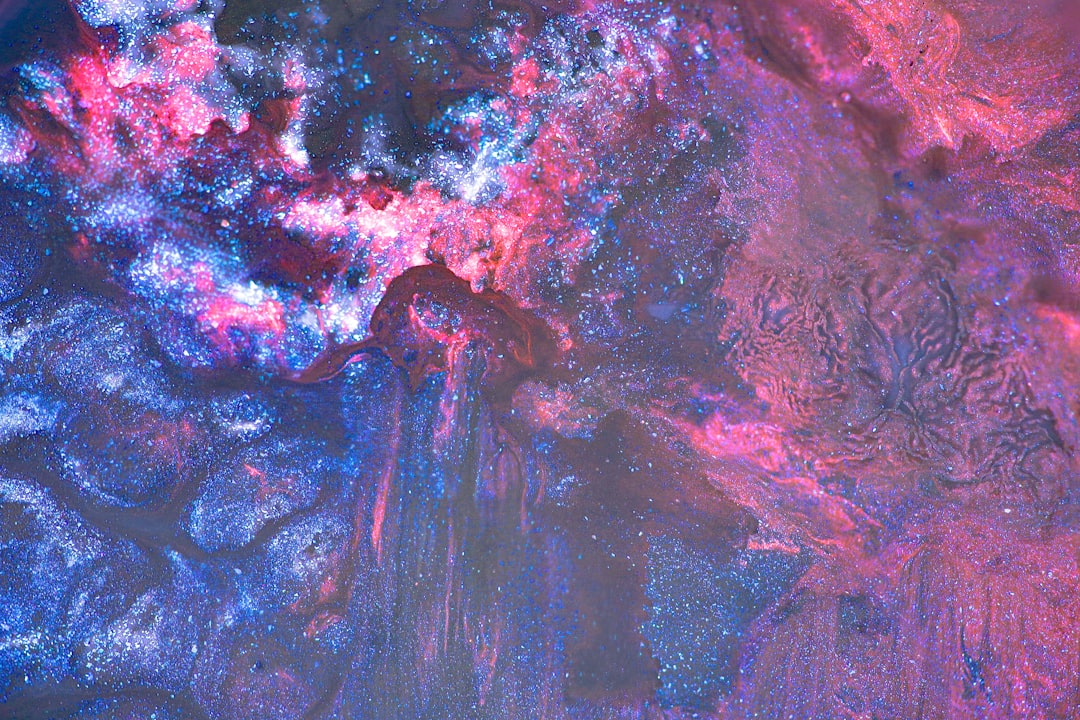The Cosmic Microwave Background: A 13.8-Billion-Year-Old Snapshot
When we look at the night sky with optical telescopes we see stars and galaxies, whose light left them anywhere from a few years to a few billion years ago. But there is an even older light—so old that it predates the first stars. This fossil glow is the Cosmic Microwave Background (CMB), radiation that has been traveling through space since the universe was only 380 000 years old.
1. What Exactly Is the CMB?
- Origin: In the early universe, matter existed as an opaque plasma of electrons and protons. Photons constantly scattered off charged particles, unable to travel very far.
- Recombination: At ≈ 380 000 years, the universe cooled to ~3000 K. Electrons and protons combined to form neutral hydrogen, making space suddenly transparent.
- Free Streaming: The photons decoupled from matter and have been traveling almost unhindered ever since, stretching to microwave wavelengths as the universe expanded.
- Current Temperature: 2.725 K (just 2.7 °C above absolute zero).
You’re literally bathed in this radiation right now—about a trillion CMB photons pass through each square centimeter of your body every second.
2. Decoding the Baby Picture
The CMB is astonishingly uniform, but tiny temperature variations (ΔT/T ≈ 10⁻⁵) hold a trove of information:
| Scale on the sky | Physical insight |
| Large-angle (> 1°) anisotropies | Geometry and curvature of the universe |
| Acoustic peaks (~1°) | Baryon density, dark matter density |
| Damping tail (< 0.1°) | Physics of photon diffusion and neutrino content |
Plot the temperature-power spectrum and it looks like a set of resonating guitar strings—each “peak” corresponds to a standing sound wave in the primordial plasma.
3. Key Scientific Payoffs
- Flatness Confirmed
- The first peak position pins the spatial curvature to |Ω_k| < 0.005. The universe is astonishingly flat.
- Age and Composition
- Combined with other probes, the CMB tells us:
- • Age ≈ 13.80 ± 0.02 Gyr
- • 5 % ordinary matter, 26 % dark matter, 69 % dark energy (Planck 2018).
- Quantum Seeds of Structure
- The pattern of anisotropies matches what inflation predicts: quantum fluctuations stretched to cosmic size.
- Neutrino Physics
- The CMB “hears” the cosmic neutrino background, letting us count ~3 relativistic species and constrain their total mass (Σm_ν < 0.12 eV).
4. A Quick Calculation: Photon Stretching
Wavelength scales with the cosmic scale factor a(t). If λ₀ is today’s wavelength (≈ 1.1 mm peak), then at decoupling:
So the CMB began as a warm orange-red glow, now chilled to microwaves.
5. Open Mysteries & Future Missions
- Polarization “B-modes”: Primordial gravitational waves from inflation would curl the CMB’s polarization. Detection is a holy grail (experiments: BICEP Array, LiteBIRD).
- Hubble Tension: CMB-inferred H₀ ≈ 67 km/s/Mpc differs from local measurements ≈ 73 km/s/Mpc. New physics, or unknown systematics?
- Dark Matter Interactions: Subtle distortions could reveal if dark matter scatters with ordinary particles.
- Spectral Distortions: Future satellites like PIXIE may detect tiny departures from a perfect blackbody (µ and y distortions) to probe energy release at 10⁴ < z < 10⁶.
6. Why It’s Philosophically Mind-Bending
Looking at the CMB is the closest we can get to observing the universe before any complex structure—before stars, planets, chemistry, or life. Every hotspot and coldspot is a seed that, over billions of years, grew into the cosmic web, galaxies, and eventually the atoms in your body. In a literal sense, your existence can be traced back to the ripples frozen into that ancient light.
Next time you tune an old analogue TV and see a little static between channels, remember: a fraction of that fuzz is the faint whisper of the universe’s first light—13.8 billion years echoing right in your living room.
